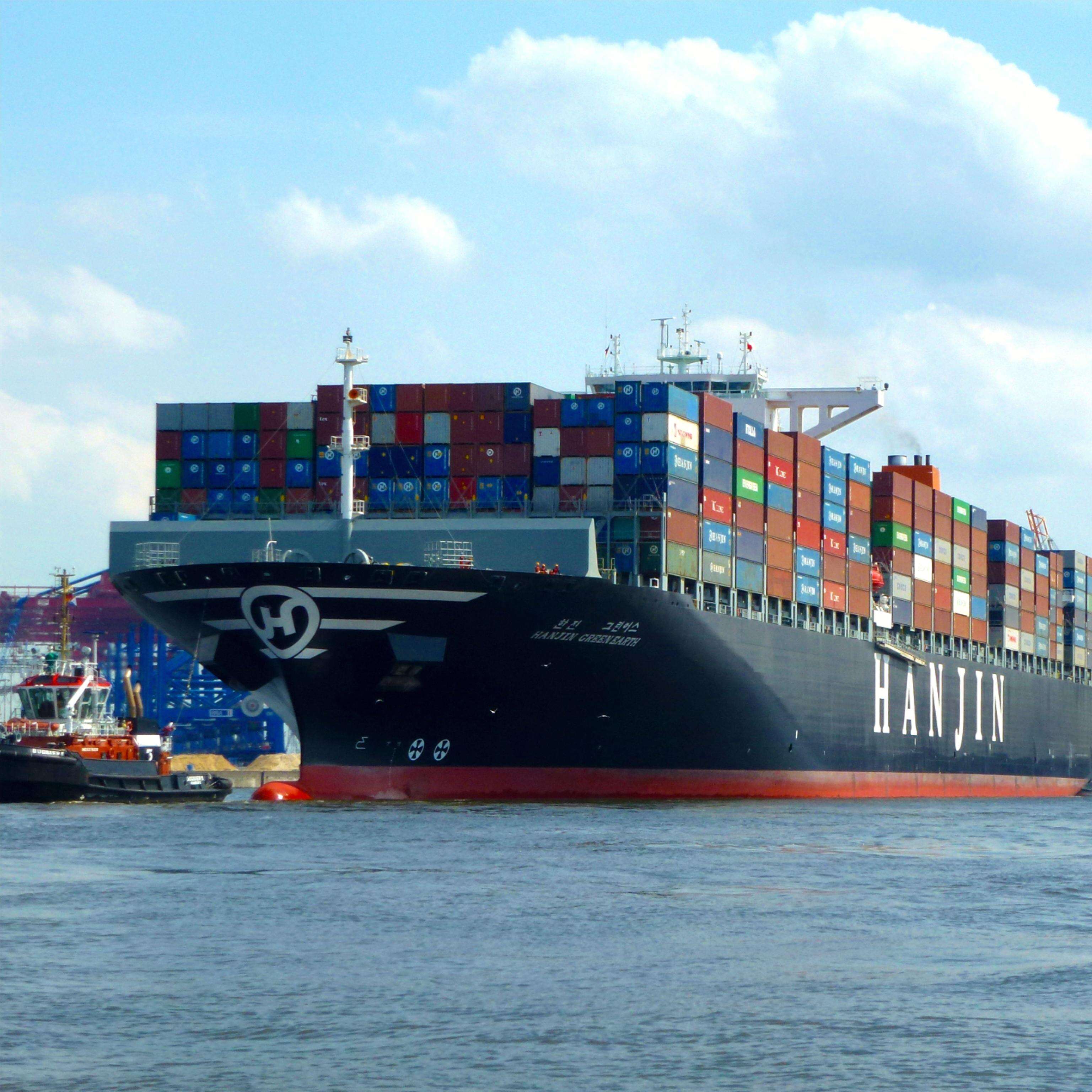transport border
A transport border represents a critical infrastructure component that facilitates the controlled movement of goods, vehicles, and people between different jurisdictions. This sophisticated system combines physical barriers, digital monitoring technologies, and administrative protocols to ensure secure and efficient cross-border operations. Modern transport borders feature advanced scanning equipment, automated verification systems, and smart surveillance tools that work in concert to maintain security while optimizing traffic flow. The infrastructure typically includes multiple lanes for different types of vehicles, dedicated areas for cargo inspection, and specialized zones for processing documentation. These facilities are equipped with license plate recognition systems, RFID readers, and biometric scanning capabilities to verify identities and credentials. The transport border's design incorporates weather-resistant materials and modular components, allowing for easy maintenance and future upgrades. Environmental considerations are addressed through energy-efficient lighting, sustainable drainage systems, and noise reduction measures. The entire system is monitored through a centralized control center that coordinates various operations and responds to potential security threats in real-time.


